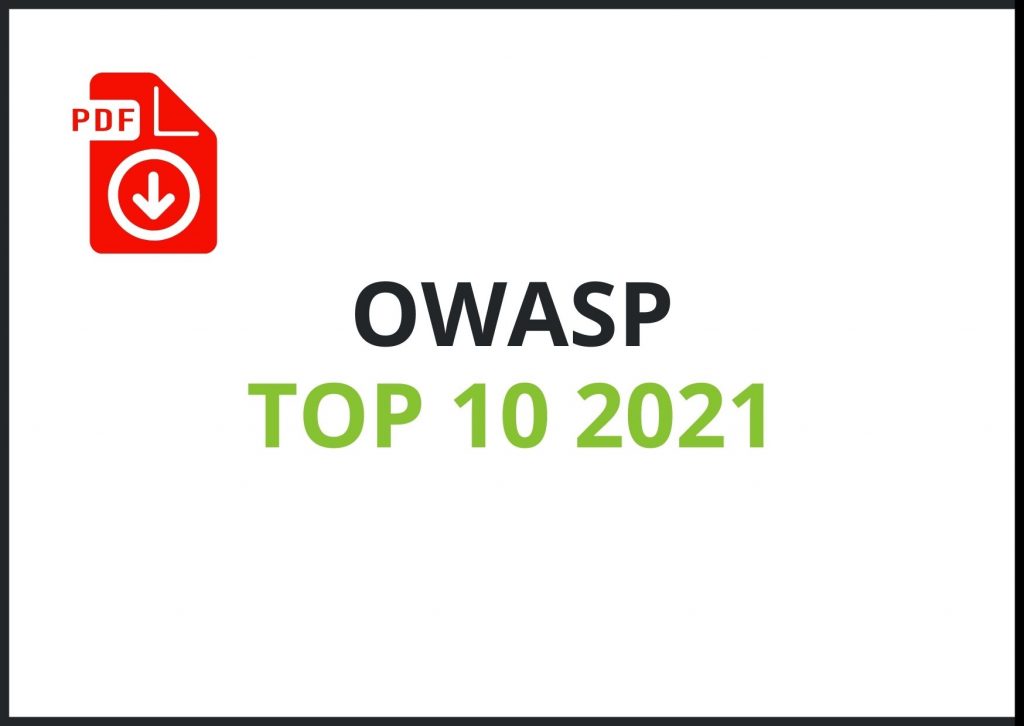Reconnaissance can be either passive, where the attacker avoids direct interaction with the target system to remain undetected (e.g., observing publicly available information), or active, where the attacker engages with the target to gather more detailed data (e.g., using network scanning tools). The process is critical to the success of subsequent attack phases, as it allows the attacker to tailor their strategies based on the target’s specific characteristics and security posture.
Security teams use similar techniques in ethical hacking engagements to identify vulnerabilities and strengthen defences, highlighting the importance of reconnaissance for both offensive and defensive cyber security practices.
Phases of Reconnaissance in Penetration Testing
Planning and Target Identification
Before initiating any reconnaissance activities, it is essential first to define the scope and objectives of the pentest. This phase involves identifying the specific targets within an organisation’s infrastructure, such as websites, IP addresses, network segments, and key personnel. Clear boundaries ensure that the pentest remains focused and complies with legal and organisational guidelines.
- Defining the scope and rules of engagement.
- Identifying target assets (e.g., domains, IP ranges, applications).
- Understanding the target’s business model and critical assets.
Passive Reconnaissance
Passive reconnaissance involves collecting information about the target without direct interaction, thereby reducing the risk of detection. This phase leverages publicly available sources and open-source intelligence (OSINT) to gather data that can provide insights into the target’s infrastructure, personnel, and security measures.
- WHOIS Lookups: Retrieving domain registration details to identify ownership and contact information.
- DNS Queries: Exploring DNS records to uncover subdomains, mail servers, and other services.
- Social Media Profiling: Analysing platforms like LinkedIn, Twitter, and Facebook to gather information about employees and organisational structure.
- Public Records Search: Accessing government databases, press releases, and other public documents for relevant information.
Active Reconnaissance
Active reconnaissance involves direct interaction with the target systems to gather more detailed and specific information. This phase is more intrusive and increases the likelihood of detection but provides deeper insights for identifying vulnerabilities.
- Network scanning: Utilising tools like Nmap to discover live hosts, open ports, and services running on target systems.
- Vulnerability scanning: Employing scanners such as Nessus or OpenVAS to identify known vulnerabilities in the target’s infrastructure.
- Banner grabbing: Collecting information about services and applications by interacting with open ports to retrieve banners.
- Ping sweeps and Traceroutes: Mapping the network topology and identifying intermediate devices.
Scanning and Enumeration
Scanning and enumeration are subsets of active reconnaissance focused on systematically probing the target to extract detailed information about network resources, services, and user accounts. This phase builds upon the data gathered in the active reconnaissance stage to create a comprehensive map of the target’s environment.
- Port Scanning: Identifying open ports and associated services to understand the attack surface.
- Service Enumeration: Determining the versions and configurations of running services to identify potential exploits.
- User Enumeration: Listing user accounts and groups to facilitate targeted attacks such as password guessing or privilege escalation.
- Directory and File Enumeration: Discovering hidden directories and files on web servers that may contain sensitive information.
Analysis and Reporting
After collecting extensive data through the various reconnaissance phases, the information must be analysed to identify potential vulnerabilities and plan subsequent attack strategies. This phase involves organising the gathered intelligence into actionable insights and preparing detailed reports for stakeholders.
- Data Correlation: Combining information from different sources to identify patterns and potential weaknesses.
- Vulnerability Assessment: Evaluating the significance of identified vulnerabilities in the context of the target’s environment.
- Prioritisation: Ranking vulnerabilities based on their potential impact and exploitability.
- Reporting: Documenting findings, methodologies, and recommendations for remediation.
Examples:
- Real-World Example: A cyber attacker conducts reconnaissance by examining a corporate website’s source code, looking for comments or scripts that may reveal information about back-end technologies.
- Hypothetical Scenario: During a penetration test, a security professional utilises social engineering techniques to extract information about an organization’s network security practices from an employee.
Related Terms:
- Footprinting: The process of creating a unique profile of the target organization, which is part of the reconnaissance phase.
- Open-Source Intelligence (OSINT): Information collected from publicly available sources used during the reconnaissance.
- Network Scanning: Actively probing a network to gather information about operating systems, services, and vulnerabilities; often used in active reconnaissance.

